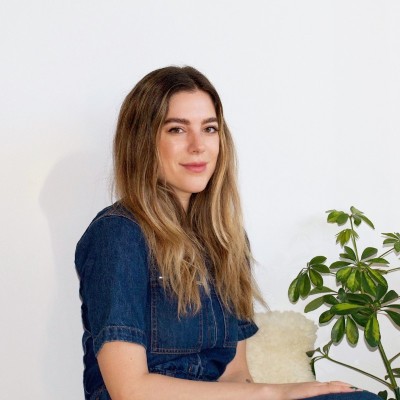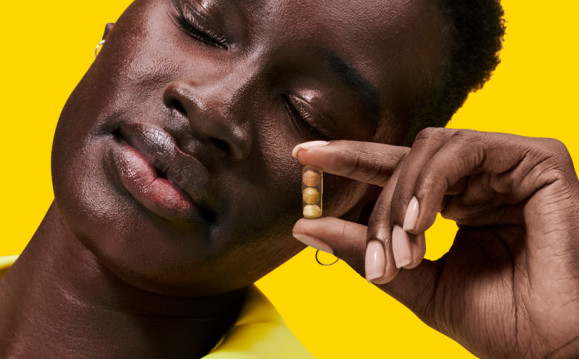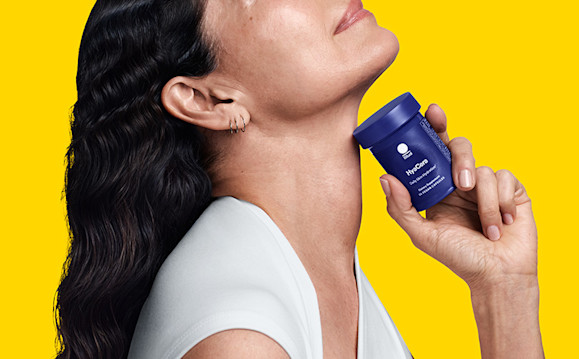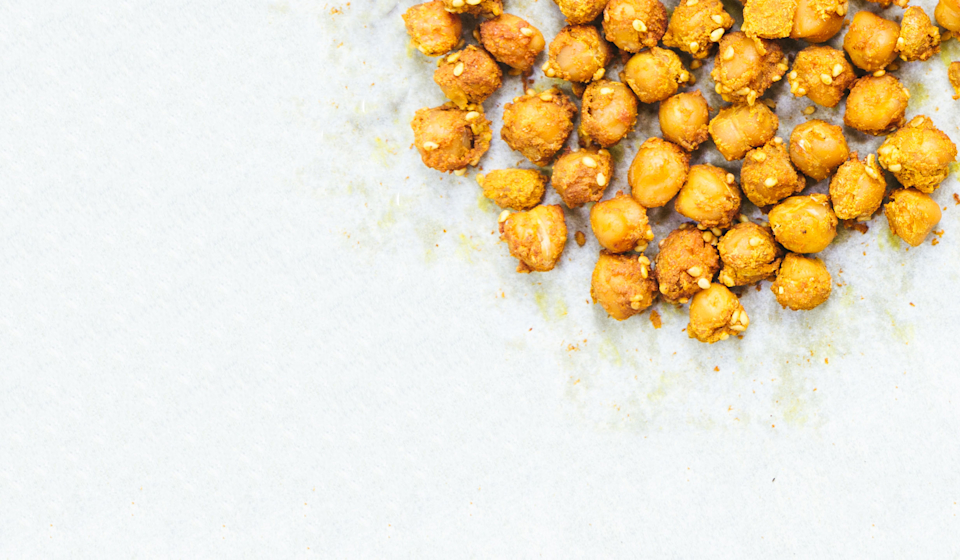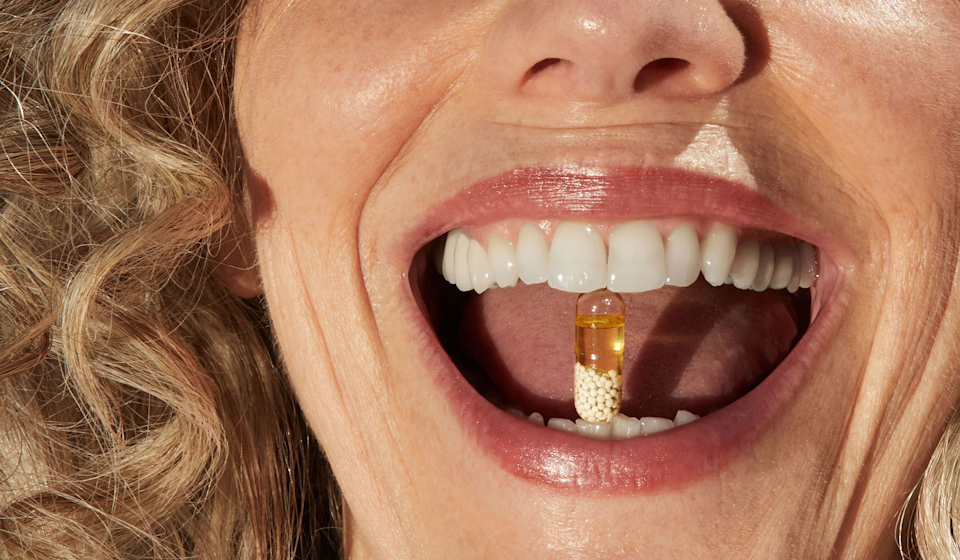Essential Takeaways
- While we might all have slightly different definitions of “healthful eating,” we can learn a lot from the residents of Blue Zones—the five regions of the world where people reportedly live the longest, most healthful lives.
- Believe it or not, Blue Zone residents actually follow very similar rules in the way they eat.
We probably don’t need to remind you that what you eat can certainly have an impact on aging—or that nutrition is an important foundation for our wellbeing in general, for that matter. But just to put a finer point on it, residents of Blue Zones (aka the regions of the world where people reportedly live particularly long, healthful lives) might serve as Exhibit A: While there are several habits that make up their longevity-driven lifestyles, the most consistent is the way they eat.
The five Blue Zones are located in Sardinia, Italy; Nicoya, Costa Rica; Loma Linda, California; Ikaria, Greece; and Okinawa, Japan. And though these regions obviously span different corners of the world, their diets are actually fairly similar in a few key ways.
Below, we spell out four essential guidelines that might just inspire us to support healthy aging by way of nutrition.



